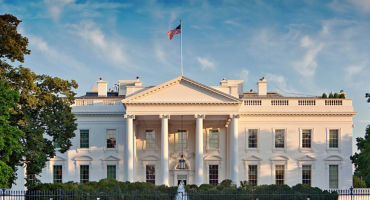Mike, what should we be watching closely here?
First of all, the US debt ceiling is a critically important issue, not only in Washington, but also for the global economy and markets. Failure to raise it in a timely manner could have significant negative fallout, from default to downgrade and more.
The US Treasury has said that 5 June 2023 is the earliest possible date (the “X date”) for when the government could default on its debt obligations. While default is not my base case outcome, there are enough red flags early on in the process that warrant investors’ attention, given the potentially serious risks of Congressional inaction. In the current US political environment, the degree of polarization and mistrust between the two major parties, coupled with a narrow Republican majority in the House, pose a worrisome backdrop ahead of the upcoming debt-ceiling negotiations.
What is the likeliest path to a solution, in your view?
The distribution of potential outcomes remains wide, and my level of concern around the process of raising the debt ceiling is elevated. I think a Congressional agreement to form debt sustainability committees on a bipartisan basis is the most likely path and is currently being discussed in the Senate. The key would be whether or not these committees have any binding constraints, particularly a clear timeline with deliverables to ensure that the debt ceiling actually gets raised in a timely manner.
There are other possible paths: 1) One side “gives in,” with either Republicans agreeing to an unconditional debt-ceiling increase or Democrats acquiescing to some discretionary spending cuts; 2) President Biden raises the debt ceiling through executive order if, for example, Congressional negotiations fail and push the US government to the edge of default.
What are the odds of the US breaching its debt limit?
The market has assigned fairly low odds to a US government default, which makes sense to me given that there have been numerous debt-ceiling increases since 2011. Both parties, Democrats and Republicans alike, recognize that the consequences of doing nothing could be catastrophic for the US economy, not to mention the global economy and the financial markets. That’s obviously an undesirable outcome for which neither party would want to take responsibility, especially come election season. However, the stakes are much higher today, with US public debt now 127% of GDP. As Figure 1 shows, that’s more than double what it was in the late 1990s.





















